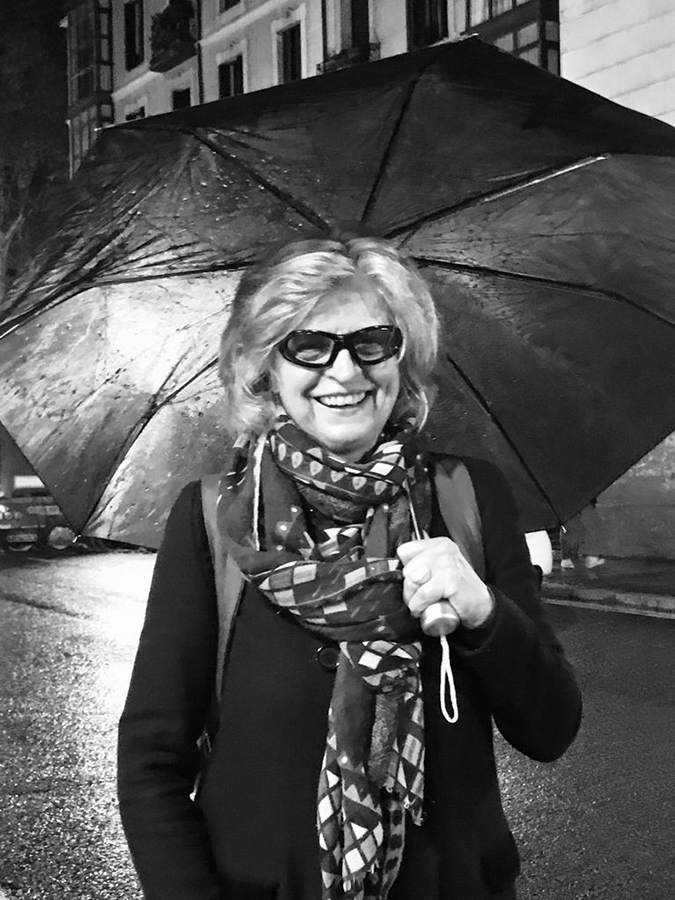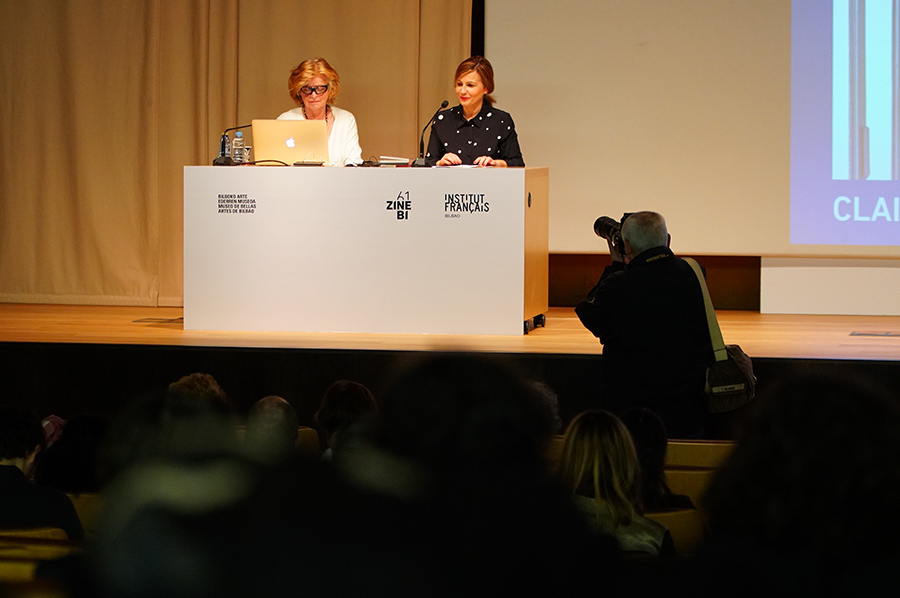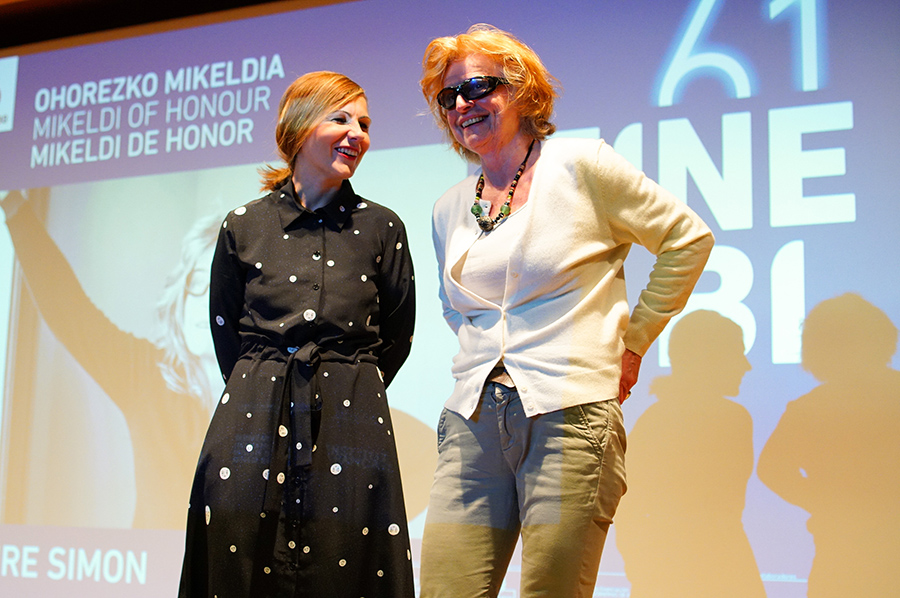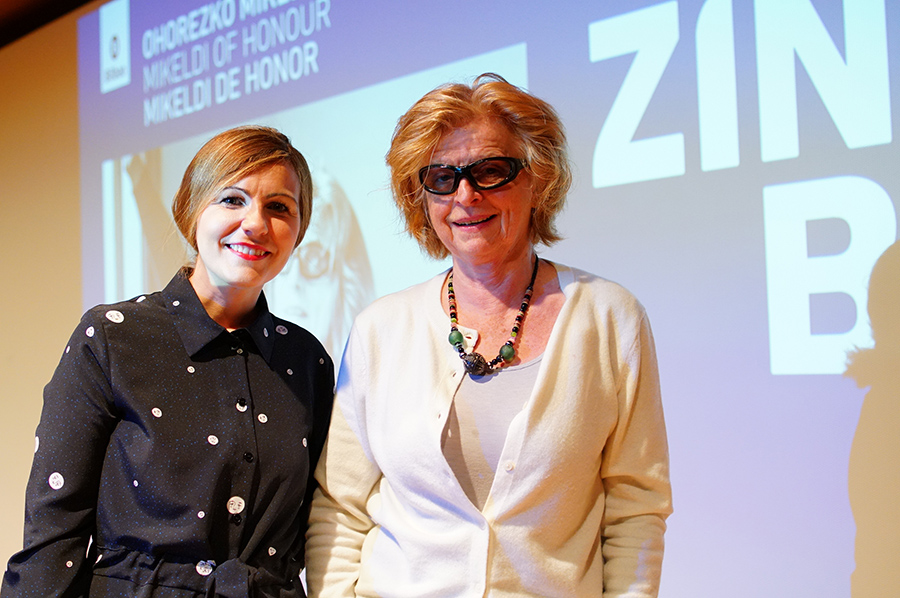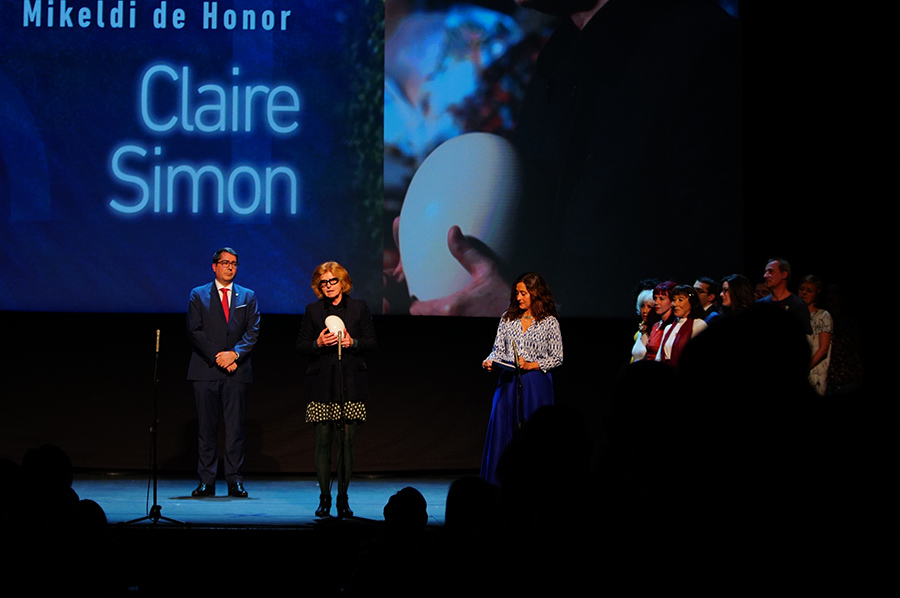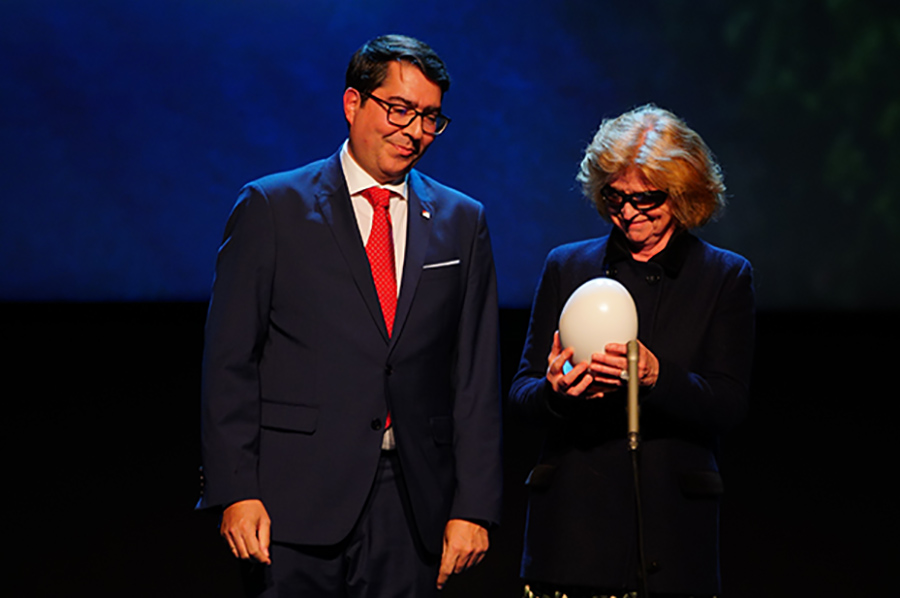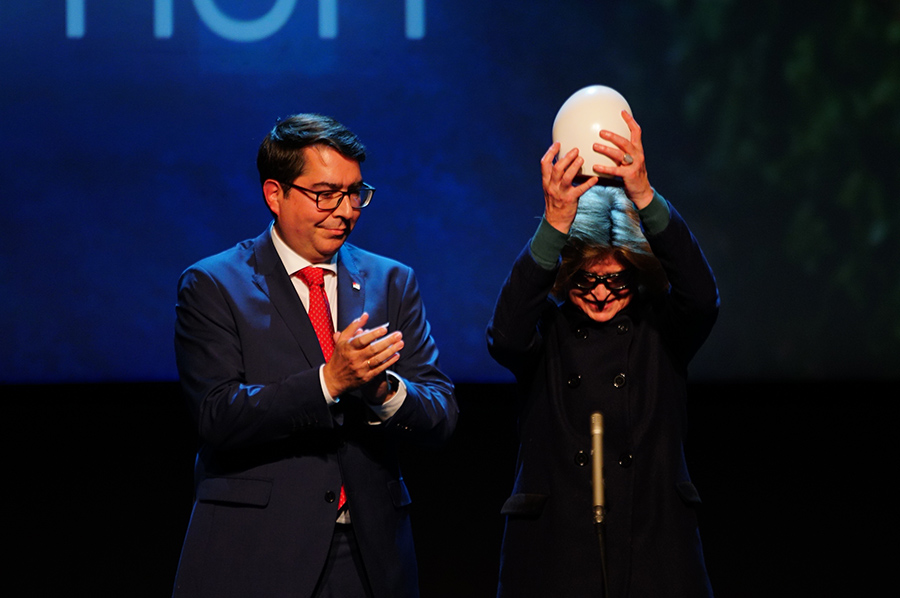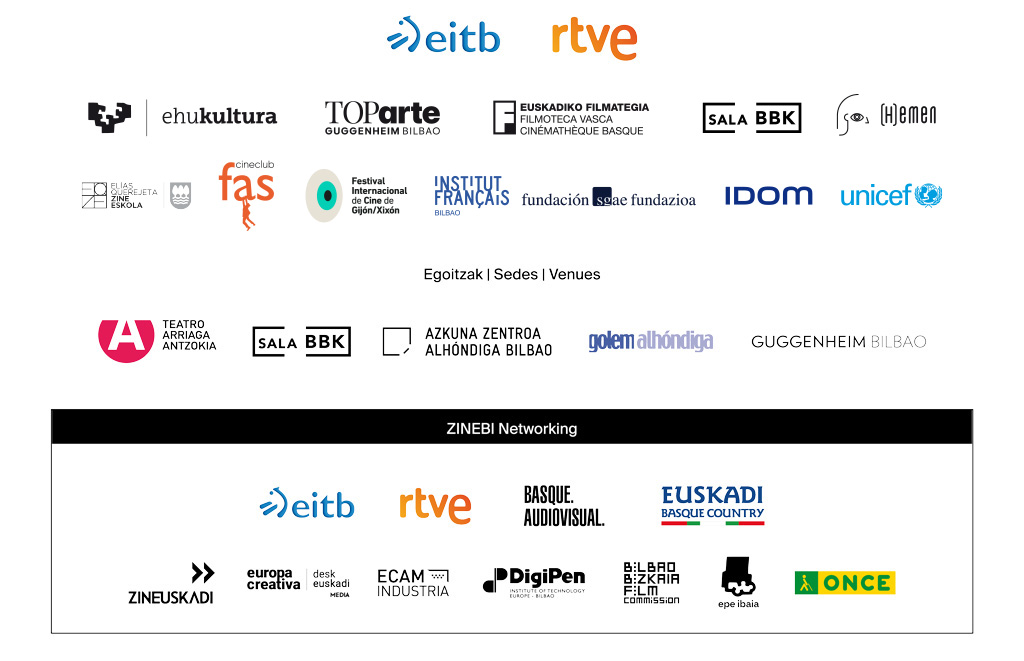THE TRANCE OF LISTENING THE CINEMA OF CLAIRE SIMON
If we wished to distil learning—in the way the stars of Le village distil grape pomace—, one of the fundamental lessons of the filmography of Claire Simon would be her certainty that what is real must be shown on stage. The person who rescues topographies filmed as yet another character (the playground in Récréations, the station in Géographie humaine and Gare du Nord, the forest in Le bois dont les rêves sont faits, the village…) has no doubt about this. As a good disciple of the Ateliers Varan, founded by Jean Rouch, her films are influenced by the ways of making direct cinema and the idea of cine-trance. From this school, she inherited the premise that directing is not synonymous with manipulating, but is an awareness of the medium itself, participative creation and inescapable ethical intervention of the point of view.
A master in hybridising film processes and codes in a way that displays the intensity of reality, her films are an example of cinematographic practice that is radically committed to the stories of her characters: committed to listening. And this cinematographic commitment implies physi- cal involvement, picking up a camera, controlling the frame to control the story, to persuade through the story, to embody it, to make it cinema. There is trance and there is commitment when she listens to/films the locals from Lussas, just as when she listens to/films the dis- cussions about getting the on-demand documentary platform Tënk up and running (Le village); when she listens to/films the students taking their entrance exams to the film and television school La Fémis (Le concours); when she listens to/films loneliness (Premières solitudes) or young love (800 kilomètres de différence – Romance); when she listens to/films women’s search for freedom (Les bureaux de Dieu)…
At the recent Barcelona International Women’s Film Festival, Simon told us that is precisely the act of listening, of fixing her attention on the person being filmed, but also of asking the people taking part in the scene to listen to each other, that generates the appropriate relationship. So, “words rise up like castles in the air and become a cinematographic experience,” she says, they become cine-trance. The art of interviewing combines with an ability to appreciate fate or destiny and use it in her favour. A capacity to generate appropriate relationships to invoke great stories inside everyday stories. War fits into a school playground. Cambodia fits into the Bois de Vincennes. Hope for committed documentary cinema fits into a little town in the south of France. And Claire Simon was there, listening.
Marta Nieto Postigo
Barcelona International Women’s Film Festival

